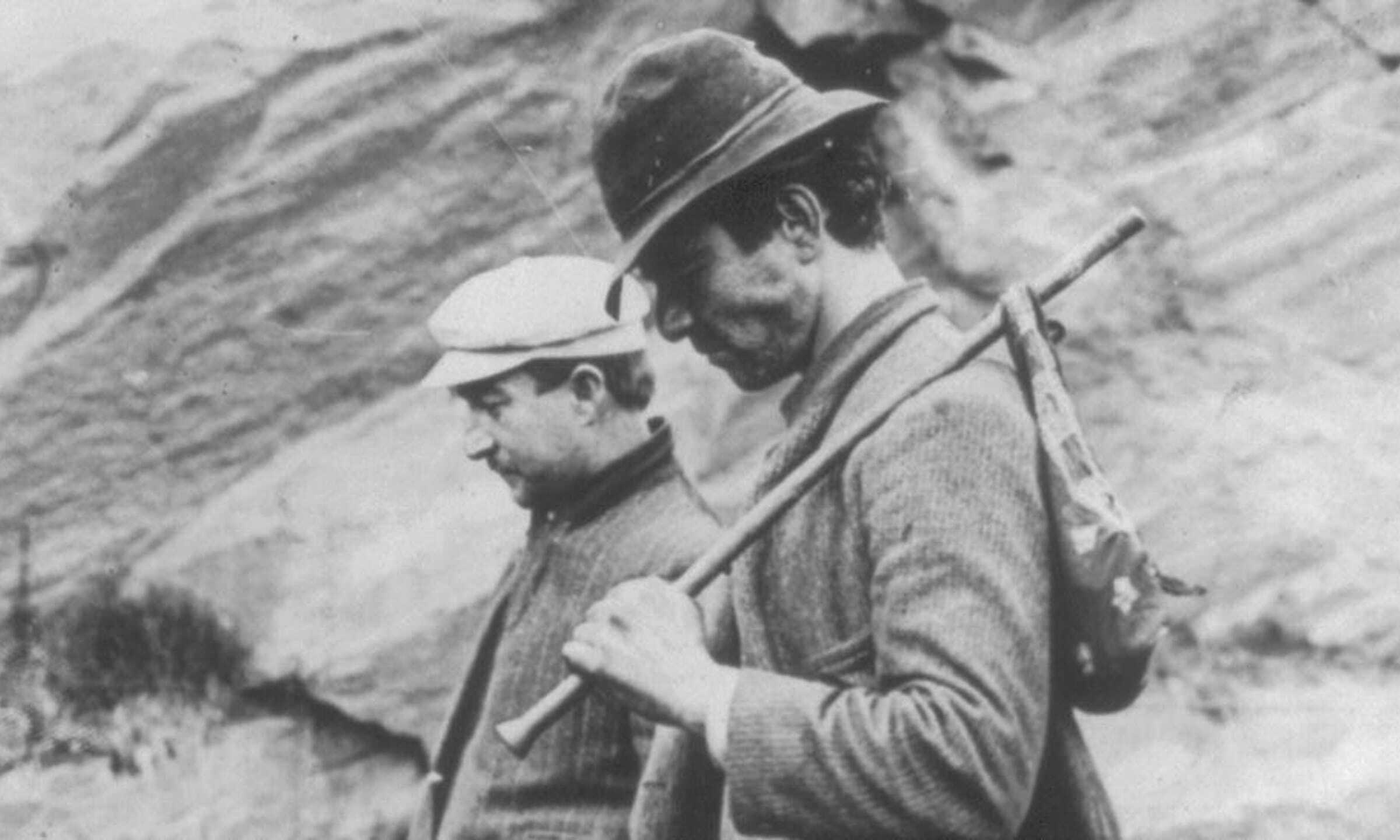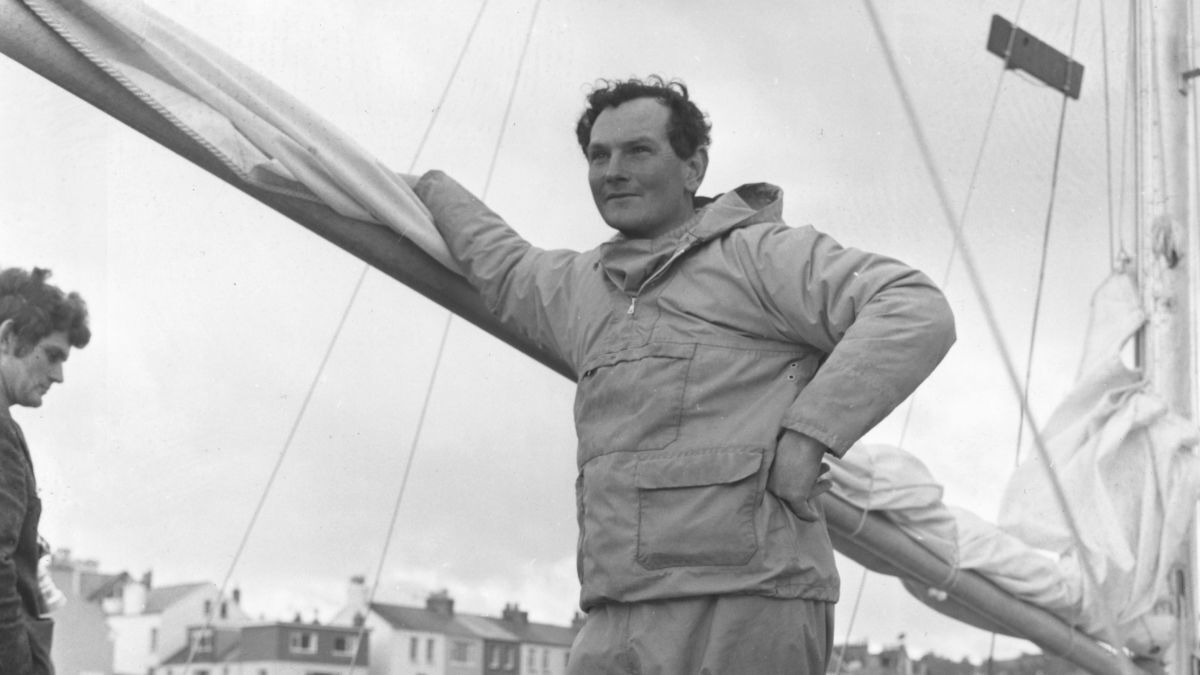
Ever wondered what life was like for hobos? These wandering workers roamed the rails and roads of America, creating a unique subculture. Hobos weren't just aimless drifters; they had their own codes, symbols, and traditions. They often traveled in search of work, hopping freight trains and living by their wits. Their stories are filled with adventure, hardship, and camaraderie. From the Great Depression to the modern day, hobos have left an indelible mark on American history. Curious about their lives, lingo, and legends? Dive into these 36 fascinating facts about hobos and discover a world of resilience and resourcefulness.
Key Takeaways:
- Hobos were itinerant workers who traveled during the Great Depression, seeking work by hopping freight trains. They had a unique culture, code of ethics, and communicated using hobo signs.
- The hobo lifestyle declined after World War II, but its legacy lives on. Modern-day "train hoppers" continue the tradition of traveling by freight trains, keeping the spirit of the hobos alive.
Who Were the Hobos?
Hobos were itinerant workers who roamed the United States, especially during the Great Depression. They traveled by hopping freight trains, seeking work wherever they could find it.
- The term "hobo" originated in the late 19th century. It is believed to come from "hoe-boy," referring to farm laborers.
- Hobos were different from tramps and bums. Hobos traveled to find work, tramps traveled but didn't work, and bums neither traveled nor worked.
- The Great Depression saw a significant rise in the hobo population. Many people lost their jobs and homes, forcing them to take to the rails.
- Hobos developed a unique culture and code of ethics. They had unwritten rules about respecting property, helping each other, and working for food and shelter.
- They often carried a "bindle," a bundle of belongings tied to a stick. This iconic image became synonymous with the hobo lifestyle.
Life on the Rails
Traveling by train was both dangerous and exhilarating for hobos. They had to be resourceful and brave to survive.
- Hobos would "catch out" by hopping onto moving freight trains. This was illegal and risky, but it was the primary mode of transportation.
- They had to avoid "bulls," the railroad police. Bulls were known for their harsh treatment of hobos, often beating or arresting them.
- Hobos communicated using a system of symbols called "hobo signs." These signs, drawn on fences or buildings, provided information about safe places to sleep or find food.
- They often traveled in groups for safety. A group of hobos was known as a "jungle."
- Hobos had their own slang. For example, a "bo" was a fellow hobo, and "jungling up" meant setting up camp.
Hobo Culture and Traditions
Hobos created a rich culture with traditions, songs, and even their own festivals.
- The National Hobo Convention is held annually in Britt, Iowa. It started in 1900 and continues to celebrate hobo culture.
- Hobos had a "hobo code," a set of ethical guidelines. One rule was to always help a fellow hobo in need.
- They often sang folk songs and ballads. Music was a way to pass the time and share stories.
- Hobos were known for their storytelling. They would gather around campfires to share tales of their travels and adventures.
- They had a unique way of cooking called "hobo stew." This involved throwing whatever ingredients were available into a pot and cooking it over a fire.
Famous Hobos
Some hobos became well-known figures, either during their time or posthumously.
- Jack London, the famous author, spent time as a hobo. His experiences influenced his writing.
- Woody Guthrie, the folk singer, traveled as a hobo during the Great Depression. His songs often reflected the struggles of the working class.
- Leon Ray Livingston, known as "A-No. 1," was a famous hobo who wrote several books about his life on the rails.
- Bertha Thompson, known as "Boxcar Bertha," was one of the few female hobos. Her life inspired a book and a movie.
- James Eads How, known as the "Millionaire Hobo," used his wealth to help other hobos. He founded the Hobo News and organized hobo conventions.
Challenges and Hardships
Life as a hobo was far from easy. They faced numerous challenges and hardships on their journeys.
- Hobos often went hungry. Finding food was a constant struggle, and they relied on the kindness of strangers.
- They faced harsh weather conditions. Hobos had to endure extreme heat, cold, and rain with little protection.
- Many suffered from health issues. Lack of proper nutrition and medical care took a toll on their health.
- Hobos were often stigmatized and discriminated against. Society viewed them as vagrants and criminals.
- They faced violence from both law enforcement and other hobos. Conflicts over territory and resources were common.
The Decline of the Hobo Era
The hobo lifestyle began to decline after World War II, but its legacy lives on.
- The rise of the automobile made train hopping less necessary. People could travel more easily by car.
- Economic improvements reduced the need for itinerant work. More job opportunities meant fewer people had to travel to find work.
- Increased security on railroads made it harder to hop trains. Rail companies cracked down on trespassing.
- The hobo culture influenced American literature and music. Authors and musicians drew inspiration from hobo stories and songs.
- Modern-day "urban explorers" sometimes emulate hobos by hopping trains and exploring abandoned places.
Hobo Symbols and Their Meanings
Hobos used a variety of symbols to communicate important information to each other.
- A circle with two parallel arrows meant "Get out fast." This indicated danger or an unfriendly area.
- A cat symbol signified a kind-hearted woman lived there. Hobos could expect help or food.
- Three diagonal lines indicated it was not a safe place to camp. Hobos should move on quickly.
- A cross meant "Good place for a handout." Hobos could find food or assistance there.
- A horizontal line with a vertical line through it meant "Safe to sleep in barn." Hobos could find shelter for the night.
Modern-Day Hobos
While the traditional hobo lifestyle has largely disappeared, some aspects remain in modern times.
- Some people still travel by hopping freight trains. Known as "train hoppers" or "freight hoppers," they continue the hobo tradition in a modern context.
The Legacy of Hobos
Hobos left a lasting mark on American culture. Their resilience, resourcefulness, and unique way of life continue to fascinate. From the hobo code to their influence on music and literature, hobos shaped a distinct subculture. They weren’t just wanderers; they were storytellers, musicians, and symbols of freedom. Their legacy reminds us of a time when life on the rails was both a necessity and a choice for many. Understanding their history gives us a glimpse into a bygone era of American life. Hobos showed that even in tough times, community and creativity could thrive. Their stories, though often romanticized, reflect the harsh realities and the indomitable spirit of those who lived on the fringes of society. So next time you hear a train whistle, think of the hobos and their incredible journey through history.
Frequently Asked Questions
Was this page helpful?
Our commitment to delivering trustworthy and engaging content is at the heart of what we do. Each fact on our site is contributed by real users like you, bringing a wealth of diverse insights and information. To ensure the highest standards of accuracy and reliability, our dedicated editors meticulously review each submission. This process guarantees that the facts we share are not only fascinating but also credible. Trust in our commitment to quality and authenticity as you explore and learn with us.


